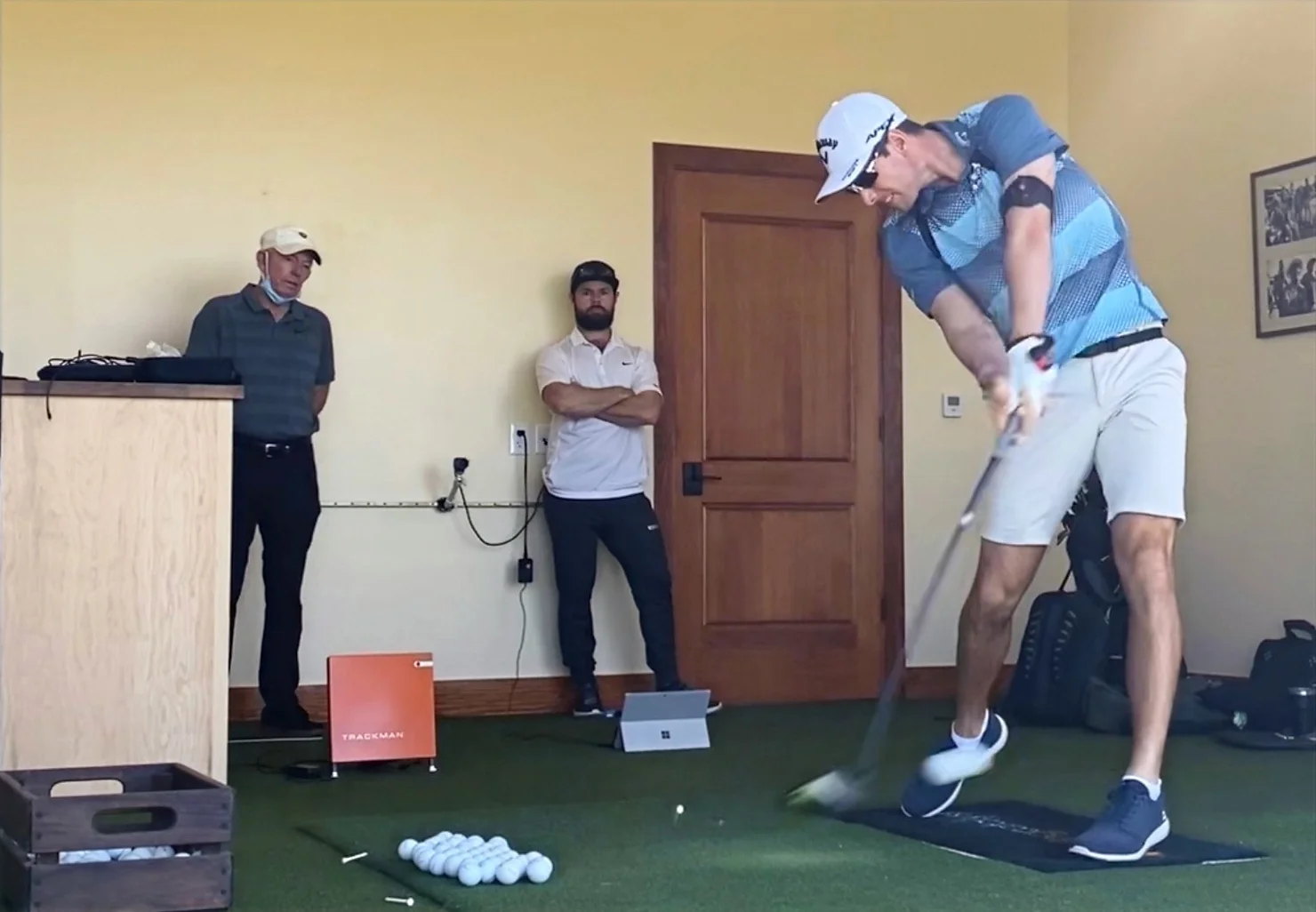Since the golf game was invented, there have always been those whose job it is to instruct others [athletes] in the art form; coaches. Explaining and providing feedback on this incredibly complex series of movements that we call a game is an extremely prestigious position of trust that has seen various swing techniques evolve over the ages. But the question must be asked; in a world where incredible athletes already perform to an exceedingly high degree, do coaches make a difference at the highest level of golf?
The PGA Tour has once again been shaken by the superb physical feats of sheer power and overall dominance in athletic ability overtaking the game. With a driving distance of over 360 yards and ball speeds over 200mph, Bryson DeChambeau is taking the golf game to a whole new level. Like when Tiger Woods exploded onto the golf scene with his powerful game and aggressive swing characteristics, Bryson has been able to leverage his newfound power in the game to win the US Open in 2020.
My Experiences;
My more recent experiences with my PGA Tour athletes have provided me with an answer to the headline question…are Swing coaches worth it? To which I answer: Absolutely!!!

A good swing coach is worth their weight in gold! It is not just to the player but also high-performance coaches like myself and other members of the athlete’s performance team.
What is a high-performance coach, you ask? HIGH-PERFORMANCE COACHING A systematic application of collaborative, individualized, solution-focused psychological practices by leaders to enhance the individual, group, or organizational performance. It is intended to help individuals better regulate and direct their intrapersonal and interpersonal resources to attain goals and maximize their strengths through self-directed learning (Wagstaff, Arthur, Hardy, 2017).
The Reasoning;
Improving my athletes’ physical attributes in strength, power, and speed has always been my goal as a professional strength and conditioning coach. Ensuring that my athletes’ bodies stay in top musculoskeletal conditions and free from all possible injuries at all times is another one of my goals as a Musculoskeletal Therapist. I also aim to bridge the gap and be the interface between professional golf and sports science. What is the point in building those unique characteristics of high-performance if they do not efficiently transfer into the athlete’s golf swing when it matters during competitions and practice?
If you never seek out to find an answer by yourself, what do you hope to do when one of your athletes raises the question? When I first began in golf, asking myself this question allowed me to learn, understand, and build critical relationships with my athletes’ performance team’s coaches.
While Bryson is a fantastic golfer that appears to be ‘all-knowing,’ the actual masterminds behind his new dominance are his coach, Chris Como, and his team. Como is one of many standout coaches on the PGA Tour to understand the science, swing instruction, and physical relationship in today’s power players.
Is there proof in the pudding?
In late 2018, I began working with Dylan Frittelli, a fantastic athlete in preparation for the 2018/2019 season.
Chuck Cook has been Dylan Frittelli’s coach for many years now, and without Chuck’s swing knowledge, it would have been impossible for me to create the most effective strategy that has seen Dylan increase his Club Head Speed (CHS) from 118mph to 128.3 mph and move from 73rd in Driving Distance (296.5 avg) in 2019 to 26th (313.3 avg) in 2020.. so far…
After numerous conversations with Chuck, it was apparent that the targets and parameters he valued concerning monitoring Dylan’s skillset directly aligned with my own as I always had a measure of caution. However, this caution was brought on by not shining a light on monitoring and tracking the independent change in golf performance variables. If you just read that sentence and you had to go back and reread it, then you are at the same stage I was when I began to ask myself, “How do you even begin to track the changes in a golf game?” This question, along with others, will be left for future blogs.
Once I fully appreciated the alignment of the goals that Chuck, Dylan, and myself created as a team, it allowed me to put the ‘pedal to the metal,’ so to speak. I began pushing the plan to implement and train for a more robust long game off the tee. Understanding the biomechanics of the swing during this process, where the central three-speed regions come from (keeping it simple), and utilizing ground forces and equipment have been paramount to reaching these improved numbers.
Understanding and utilizing 3D Force Plates, Swing Kinematic technology, Movement Capture technology, implementing new speed protocols and monitoring with accelerometers and radars in training, ‘the proof,’ it seems, is in an elaborately baked pudding where the science shows translation between training to competition.
Personally, without insight into my athlete’s swing direction, it undoubtedly makes my job incredibly challenging to put the performance pieces together. If you’ve read this blog and you’ve taken away one thing, it should be that you NEED a good swing coach that understands the athlete. And you NEED a high-performance coach that can provide you with a long-term plan that will walk you through real change!
More of these articles to come…
Swing Hard!
Nic Catterall | High-Performance Coach
Photo taken at the University of Texas Golf Club with Swing Instructor, Chuck Cook, Golfer Dylan Frittelli and High Performance Coach Nic Catterall


Leave a Reply